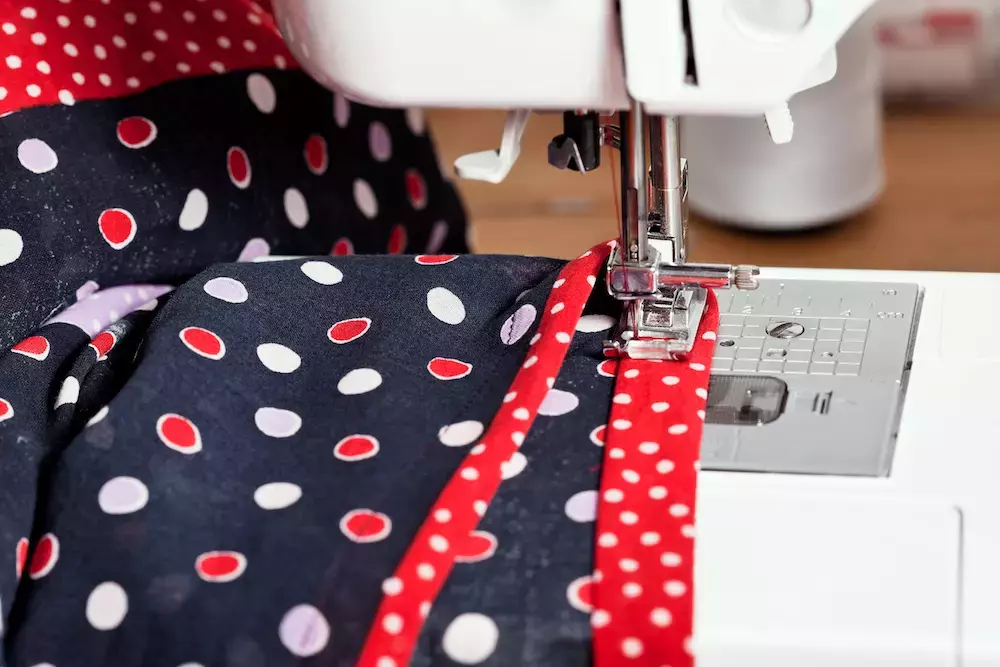Tips for Controlling the Speed of Your Sewing Machine
2022-12-20
There are many details that go into a successful sewing project, and just one of them is the speed at which your sewing machine is stitching.
If your sewing machine is stitching too fast, it could create unreliable stitches or damage your fabric. The result is similar if your sewing machine is stitching too slow, not to mention the fact that your project will take you twice as long to complete.
It's important to make sure that your sewing machine is working at a speed that’s just right for your project. Some fabrics and stitch types require a specific sewing speed in order to be successful, and your sewing machine’s presser foot has a lot to do with how fast or slow your sewing machine is stitching.
What Makes Sewing Machines Work Too Fast?
In the vast majority of situations where a sewing machine is stitching too fast, the presser foot mode is to blame. If you find that even the lightest touch on your presser foot is causing it to speed up to an excessive stitching rate, your presser foot is likely on a setting that’s too high.
If you’ve never changed the speed settings on your presser foot, you may have to consult with the manual that came with your presser foot or sewing machine to check where on the item you should be adjusting things.
However, if you no longer have your manual, it’s safe to assume that the settings will be located on the underside of your presser foot for most major brands.
How to Control Your Sewing Machine Speed
Once you find the mode settings on your presser foot, you’ll be able to adjust the mode in order to make your sewing machine work at a more optimal speed.
If your machine is stitching too rapidly and causing puckering or tearing, turn the presser foot mode down. If the machine is stitching too slowly and creating loose stitches, try turning the mode up.
If the problem isn’t your presser foot, your sewing machine itself may be the cause of your improper stitching speed. Modern sewing machine models usually have a lever of some kind on the side of the machine’s body that lets the user adjust the speed of the machine.
Perhaps your sewing machine is still stitching too quickly or slowly, even after you adjust your presser foot to the proper setting and make sure the lever on your sewing machine is set to the right stitching speed.
In this case, it might be a mechanical error within the presser foot or the sewing machine itself. You may have to take your machine or presser foot in for repair or replacement.
Why Sewing Machine Speed Control Is Important
Controlling the speed of your sewing machine is essential for several reasons, but one of the most important is the quality of your stitches.
When you’re putting together an article of clothing, an accessory, or another type of item using your sewing machine, you won’t want to have to redo the stitches within weeks or even days of completing your project because the stitches are coming loose or breaking apart altogether.
Additionally, sewing at an excessively high speed can put unnecessary stress on your sewing machine and cause it to develop structural issues or damage.
That’s why adjusting the speed that your sewing machine stitches can actually be part of proper maintenance for your machine and help to keep it functioning properly for years to come.
Controlling Sewing Machine Speed Without a Speed Control Feature
What if your sewing machine doesn’t have a feature for speed control, and your presser foot doesn’t, either? This just means that your machine and presser foot were designed to be controlled purely by the pressure applied by your foot.
In this case, your presser foot should be very sensitive to your pressure application, and if your machine is stitching too rapidly, you may just need to push more lightly on your presser foot.
Sewing Machines, Accessories, DIY Ideas, and More at GoldStar Tool
Looking for your next sewing machine, presser foot, or DIY sewing project idea? Find all of these and much more at GoldStar Tool!





